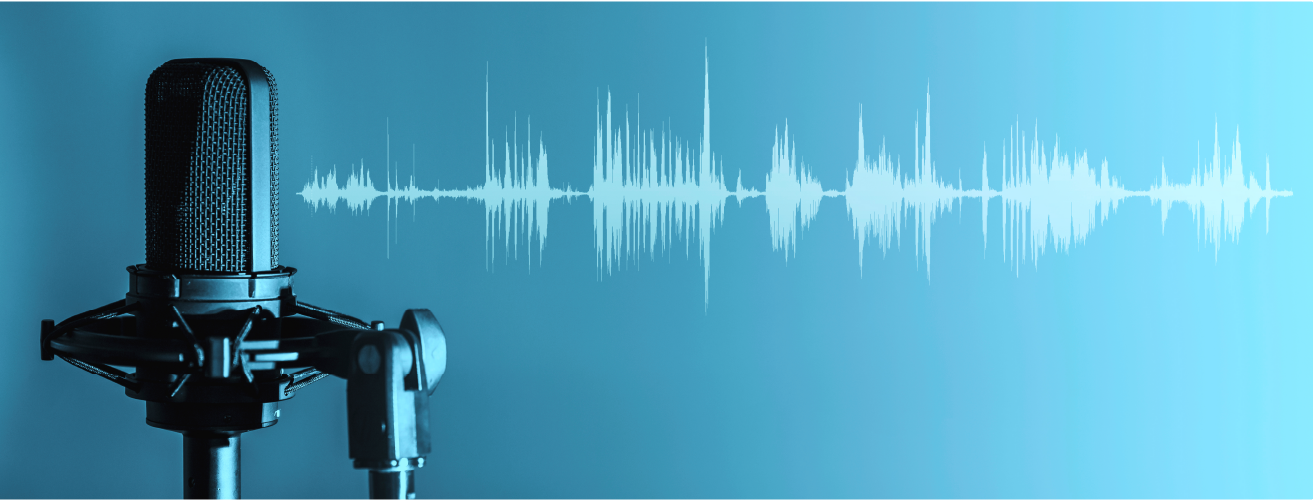
Mastering your music on hold
If you run a business that requires customers to call you, you know how important it is to have good hold music on your phone system.
Music on hold (or MOH) can make a huge difference in customer satisfaction, retention, and loyalty. In this blog post, we will explore the importance of hold music, the benefits and costs of different options, and the best practices for choosing and using music on your phone system, as part of your omnichannel CX strategy.
The power of playing the right tracks

First, let’s look at why hold music matters.
According to a study by AT&T, 70% of callers will hang up if they hear silence on hold, while only 34% will do so if they hear music or messages. This means that it can reduce caller abandonment and increase the chances of completing a sale or resolving an issue. Time is a huge factor for customers, and it feels significantly longer in silence.
Additionally, hold music can create a positive impression of your brand, convey your values and personality, and set the mood for the conversation.
Like having a polished reception area in your head office, a quality phone line with relevant messaging and thematic music lays the foundation for a positive customer experience.
A 2020 study found that callers to SMEs spend 20% of their call time on hold; with that amount of time spent on a hold line, they will immediately notice if it is lacking.
But, not all music is created equal
You have two main options when it comes to choosing hold music: royalty free or licensed.
1. Royalty free music can be used without having to pay ongoing fees to the composer or publisher, and the rights to use it freely can be bought outright, for as little as £20 per track.
2. Licensed music requires you to pay a fee to use, usually based on the number of plays or listeners.
The cost of licensed music can vary wildly based on the popularity of the piece you wish to use, and to edit tracks for any other purpose requires a dubbing licence, which puts costs into the tens of thousands.
While royalty free music has a significant cost advantage, the choice between each depends on your budget, goals, and your customers’ expectations.
Having music to set the right tone is key, and royalty free music, while not necessarily having the same identity, can hit the right notes for setting the desired mood more effectively than a piece of pop music.
So, what makes a perfect on-hold track?

Phone systems for on-hold have been described as the “world’s worst radio”, which is fairly apt: it’s a place where customers don’t want to be, and companies don’t want to keep them.
Hold music has to do it’s best not to annoy the listener while keeping them engaged. But what, musically, makes a strong track for MOH?
There are a few things to consider, but the overarching influence on efficacy of music on the phone is the technology it is played on.
Most high-quality audio is recorded and plays back at a bitrate of 44.1khz or better: this means that it is made up of 44,100 pieces of audio playing per second to construct what we hear.
Most phone systems only support 8khz, meaning 8000 pieces of audio per second, which is less than a fifth of the audible quality.
The other key feature that affects your listening experience is that phones only play back from a single speaker.
All music is conventionally recorded in stereo, to give more space for different instruments and to give a better feeling of space for the listener. This is automatically removed by the limitations of phone technology, and combined with the compression of audio, leads to a very limited space for music to perform.
How should an MOH track be selected?
Considering these technological hamstrings, as well as the purpose that it must serve, there are some key considerations to be made when choosing a good piece of MOH:
- Tempo - The speed of the music should be moderate, not too fast, or too slow, to avoid creating anxiety or boredom. The how fast is, of course, subject to the purpose of the phone line: are they waiting to buy a holiday and you’re trying to excite them? Or is it a funeral care call where the caller needs soothing? Regardless, one thing is certain: tempo changes have no place on a hold line! In any music they are designed to give an unsettling feeling and that would absolutely translate to the listener.
- Intro Length – When a customer hits a hold line, they may have already been on the phone for a minute or two just to get there. MOH needs to engage them, and quickly. Tracks with long builds are a no-go!
- Volume/Panning – This is a limitation based on the compression and mono quality of phone systems. Any hard panning or dynamic movement of instruments from left to right that you might hear in conventional music is obliterated the moment it’s played in mono; the same is true for extreme changes of volume.
- Instrumentation – The best MOH has a few instruments to form its core; grand arrangements like in classical music get lost the moment you turn a track in to 8khz. Your 16-piece string section will sound like it’s just one the moment you hear it on a phone.
- Lyrics – There is a duality to MOH with lyrics: The general convention with a hold line is you want additional messaging in parallel with the music to keep the customer engaged, as well as to market your other services. The moment you have lyrics playing in parallel with other dialogue, that message becomes garbled and unintelligible. On the other side of that, if you have a very short average hold time and don’t use additional messaging, lyrics on MOH can make your track more engaging in the short time the customer is waiting.

In conclusion...
Hold music is an important element of your omnichannel CX strategy that can enhance callers’ experience and your brand image. You should carefully choose and use hold music that suits your needs and preferences, as well as those of your callers. By following these tips, you can make sure that your hold music is effective, engaging, and enjoyable.
If you need advice for your music on hold, please get in touch.
Written by:
The Premier CX Team